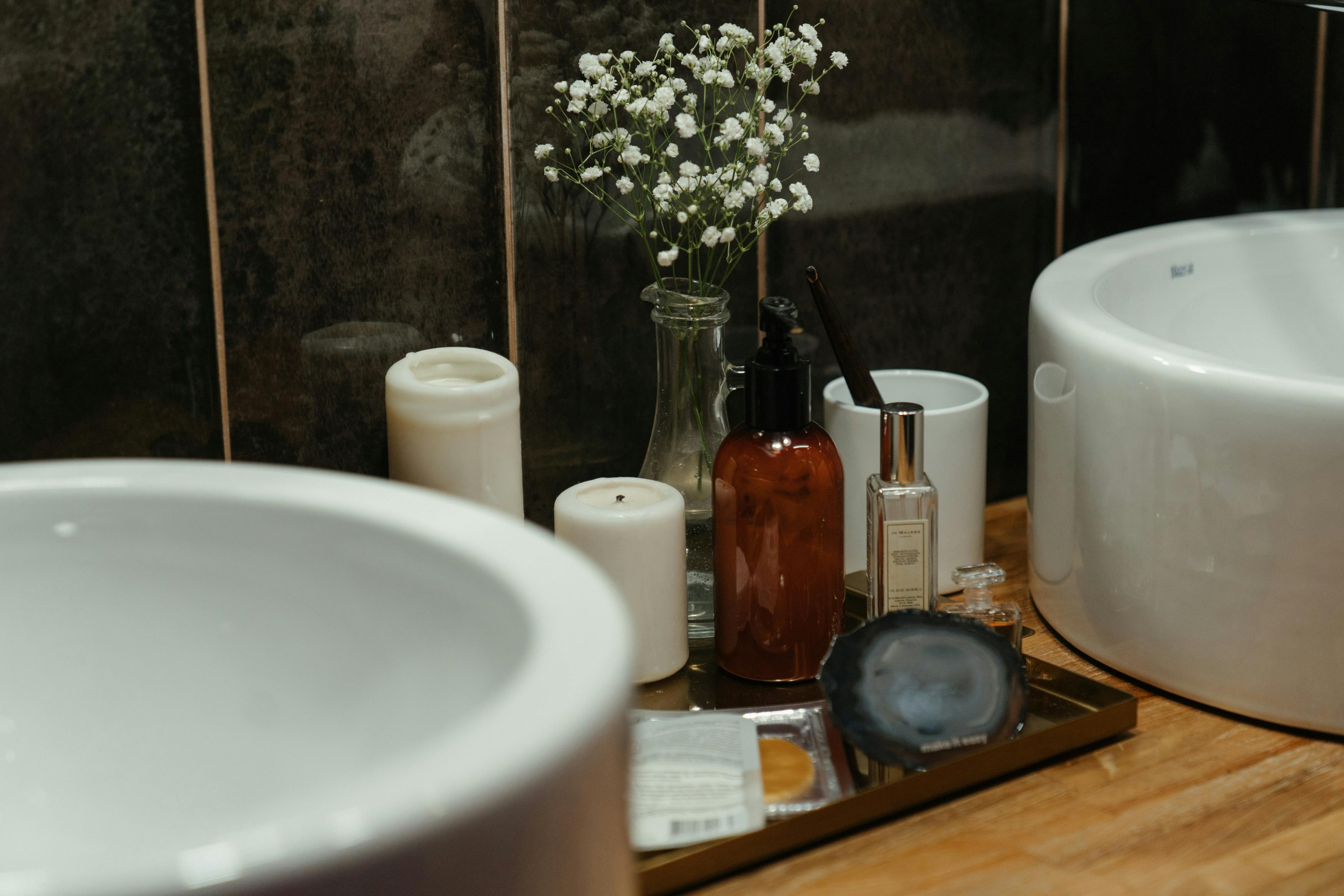One thing that is frequently overlooked by most recording studio owners (from the smallest home studio to the largest multi-room setup) is how the monitors are placed. This can make a huge difference in frequency balance and stereo field, and while it should be addressed first before you start serious listening, it’s usually left for later when something doesn’t sound right. Here are a few things to experiment with that will get you to the exact right location for your room. Don’t be surprised to find that those speakers you didn’t think sounded great before suddenly come to life.
A. Check the distance between the monitors.
If the monitors are too close together, the stereo field will be smeared without clear spatial definition. If the monitors are too far apart, the focal point or “sweet spot” will be too far behind you and you will hear either the left or the right side, but not both together. A general rule of thumb is that the speakers should be as far apart as the distance from the listening position. That is, if you are 4 feet away from the monitors, start by moving them 4 feet away. You can adjust them in or out from there.
B. Check tThe angle of the monitors.
An incorrect tilt will once again cause the stereo field to smear, which ultimately means you will hear a blur from the instrument. The correct angle is determined strictly by taste, with some mixers preferring the monitors to be angled directly into their mix position, while others prefer the focal point (the point where the sound from the tweeters converges) between three and twelve inches behind them to remove some of the speakers’ “hype” (if any).
against check hwhere are the monitors mounted.
Monitors that are mounted directly on top of a console meter bridge or computer desk without any decoupling are subject to comb filter effects, especially at the bottom end. That is, the sound travels through the console or desk, then through the floor, and reaches your ears before the direct sound of the monitors through the air (because it is a denser material and travels faster), causing the cancellation of phase. This can be more or less severe depending on whether the speakers are mounted directly to the metal meter bridge or desk, or mounted to a carpet or similar material covering the metal meter bridge (very popular). The best way to detach the monitors is to use the same method used to mount the main monitors to the soffit. Place the near fields on a piece of 1/2 or 3/4″ open cell neoprene (soft rubber) and decoupling will no longer be a problem.
D. Check tThe position of the tweeters.
Most mixers prefer the tweeters of a two-way or three-way system to be on the outside, thus widening the stereo field. Occasionally the inward tweeters work, but they usually result in blotchiness in the stereo image. Experiment with both, though, because you never know.
E. Check thimself desk or console.
The angle of the desk or console, the type of materials used for the panels, knobs, keyboards, and switches, the type of paint, and the size and composition of the armrest all make a difference in sound due to reflections that cause phase cancellation. If the noise from near fields on top of the desk or meter bridge is unacceptable, try moving them toward you with extenders or put them on brackets behind the desk or console (don’t forget to undock them).
A near field monitor can sometimes get an unwarranted bad reputation due to any of the above issues. It takes a bit of experimentation before you can tell that a particular monitor isn’t working for you. You’ll be amazed at the difference an inch can sometimes make.



